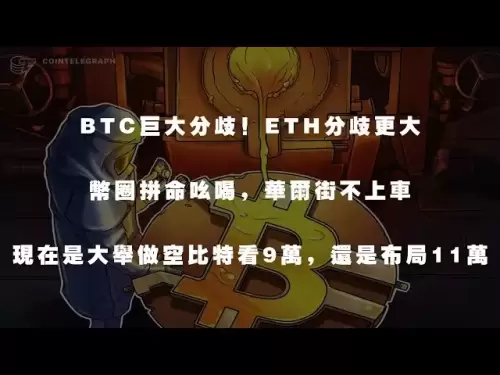 |
|
 |
|
 |
|
 |
|
 |
|
 |
|
 |
|
 |
|
 |
|
 |
|
 |
|
 |
|
 |
|
 |
|
 |
|
The web was not really built with payments in mind, especially not for autonomous agents or machines. But with the rise of AI and decentralized
The web was not really built with payments in mind, especially not for autonomous agents or machines. But with the rise of AI and decentralized finance (DeFi), the need for seamless, native digital payments has never been more urgent.
Coinbase x402 announced a new open protocol designed to let APIs, apps and AI agents pay instantly using stablecoins like USDC (USDC), all via the familiar HTTP protocol.
This isn’t just a product update. X402 revives a long-forgotten piece of internet infrastructure and reimagines it for a future powered by agentic systems and crypto.
HTTP status codes: A quick refresher
Understanding HTTP status codes helps clarify how the web communicates behind the scenes. Here are some key ones to know:
HTTP 200 (OK): The standard response for a successful request.
HTTP 400 (Bad Request): Indicates the request had syntax errors and couldn’t be understood.
HTTP 401 (Unauthorized): Occurs when a request is made without proper authorization, like a username and password.
HTTP 403 (Forbidden): Signals that the server understands the request but refuses it.
HTTP 404 (Not Found): The requested resource couldn’t be located on the server.
Among these codes is HTTP 402, "Payment Required."
Although the creators of the web imagined a future where online services might request payments directly through the protocol, for decades, no one found a practical use for it. It sat dormant for over 25 years, with no widespread adoption or defined behavior.
Today, HTTP 402 is finally coming to life, thanks to Coinbase’s x402 protocol. X402 turns HTTP 402 from a placeholder into a real mechanism. It allows websites, APIs and services to signal that a payment is required before granting access to digital goods or services.
Unlike traditional payment systems, which rely on external redirects or complex integrations, x402 enables native, in-protocol payments using stablecoins directly over HTTP.
But why do x402 and the activation of HTTP 402 matter?
With machine-to-machine interactions, autonomous agents and AI-driven services on the rise, the internet needs a payment layer that is:
• Atomic: Completing an entire transaction or none at all.
• Chain agnostic: Operating across various blockchains.
• overflow: auto; padding: 0px; margin: 0px; width: 0px; height: 0px; border: 0px none; max-width: 0px; max-height: 0px; min-width: 0px; min-height: 0px; visibility: hidden; display: none; float: none; clear: none;
Activating HTTP 402 positions it as a key enabler for decentralized commerce, autonomous agents and crypto-native applications. It could become as foundational as HTTP 200 or 404 in a future where services charge micro-fees, stream value or sell access dynamically.
Disclaimer:info@kdj.com
The information provided is not trading advice. kdj.com does not assume any responsibility for any investments made based on the information provided in this article. Cryptocurrencies are highly volatile and it is highly recommended that you invest with caution after thorough research!
If you believe that the content used on this website infringes your copyright, please contact us immediately (info@kdj.com) and we will delete it promptly.






















![[Ronnie Trading Guide]-2025.5.15-Bitcoin continues to consolidate at a high level, and only patient investors will get a return on time~ [Ronnie Trading Guide]-2025.5.15-Bitcoin continues to consolidate at a high level, and only patient investors will get a return on time~](/uploads/2025/05/15/cryptocurrencies-news/videos/ronnie-trading-guidebitcoin-continues-consolidate-level-patient-investors-return-time/682574fd46a42_image_500_375.webp)




































